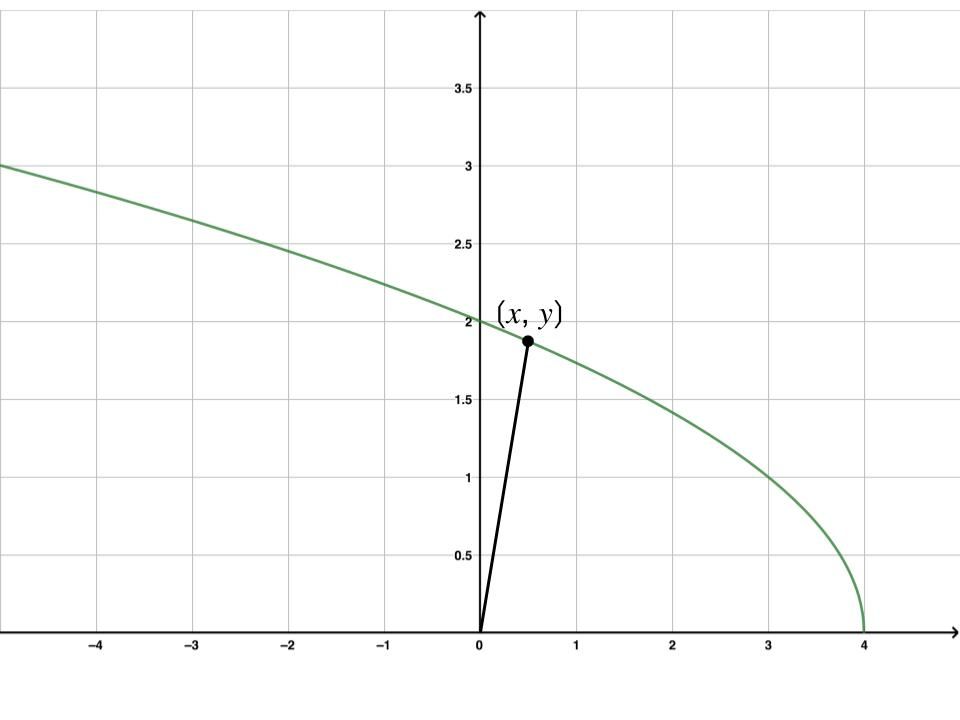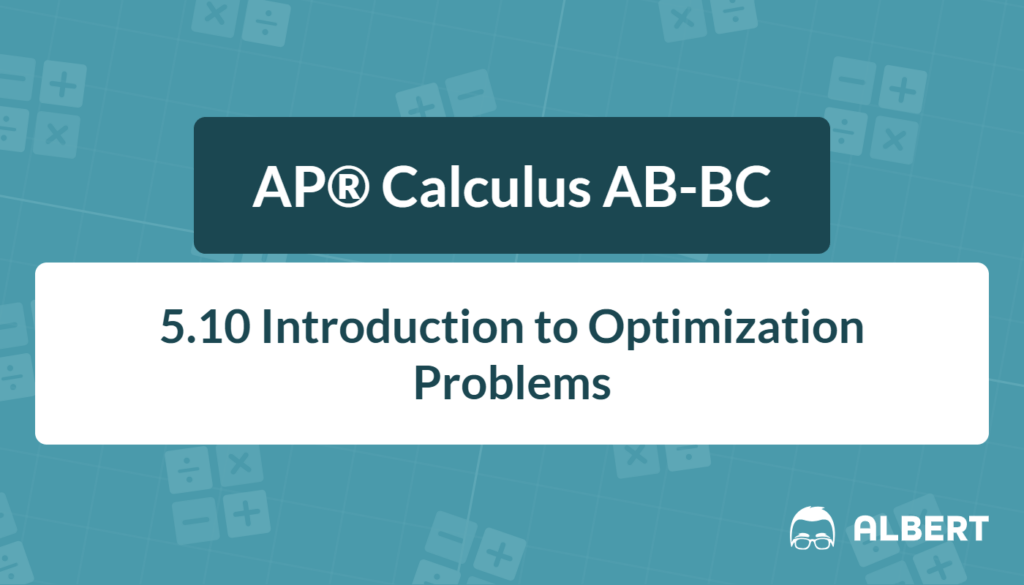Optimization calculus focuses on finding the greatest or smallest value of a function under certain constraints. These techniques appear frequently in AP® Calculus AB-BC and connect directly to the 5.10 introduction to optimization. Moreover, the concept of derivatives underlies every optimization problem. In essence, derivatives help determine when a function reaches its highest or lowest point, which is crucial in real-world applications.
Below is an overview of how optimization calculus works, followed by examples and a quick reference chart.
What We Review
Introduction
Optimization calculus involves the process of determining the maximum or minimum value of a function, sometimes subject to specific limitations. In AP® Calculus AB-BC, optimization problems often require using derivatives to locate these extreme values. Therefore, understanding how and why derivatives identify maxima or minima is essential.
Furthermore, the 5.10 introduction to optimization emphasizes the practical aspect of finding an optimal solution in both real-life and theoretical problems. After all, an optimized value might be a greatest profit, a smallest cost, or even a tallest possible shape within given boundaries.
Key Concepts in Optimization Calculus
- Maxima and Minima: A maximum (peak) is where a function’s value is larger than nearby points, while a minimum (valley) is where the function’s value is smaller.
- Critical Points: These occur where the derivative is zero or undefined. According to [FUN-4.B.1], the location of critical points is key to finding maxima or minima.
- Endpoints and Closed Intervals: Sometimes, the interval is closed, such as [a, b]. Endpoints must then be checked because extreme values might occur there too.
General Steps for Solving an Optimization Problem
- Translate the word problem into a mathematical model.
- Identify the function to be optimized.
- Determine the domain of the function (including constraints).
- Differentiate the function.
- Set the derivative equal to zero to find critical points.
- Evaluate potential maxima or minima, including endpoints.
- Interpret results within the context of the original problem.
These steps serve as a reliable roadmap for most optimization calculus questions. However, remember any domain restrictions, and confirm whether a critical point genuinely represents a maximum or a minimum.
A common optimization problem is minimizing the distance from a point on a curve to the origin. The image below shows how one could visualize this scenario. We suggest trying at least one problem like this.

Example 1: Simple Geometric Optimization
Consider a rectangle with a fixed area of A. The goal is to find dimensions that minimize its perimeter.
Step-by-Step Solution
1. Identify Variables and Constraints
- Let x be the width of the rectangle, and y be the length.
- The fixed area gives xy = A.
2. Express Perimeter in One Variable
- Perimeter P is 2x + 2y.
- From xy = A, solve for y: y = \frac{A}{x}.
- Therefore, P(x) = 2x + 2\left(\frac{A}{x}\right).
3. Differentiate
- Find the derivative of P(x): P'(x) = 2 - 2\frac{A}{x^2}.
4. Find Critical Points
- Set P'(x) = 0: 2 - 2\frac{A}{x^2} = 0.
- This implies 2 = 2\frac{A}{x^2}, or \frac{A}{x^2} = 1.
- Hence, x^2 = A, so x = \sqrt{A}.
- Because length must be positive, the critical point is x = \sqrt{A}. Then y = \sqrt{A}.
5. Evaluate and Conclude
- The dimensions of x = \sqrt{A} and y = \sqrt{A} give the smallest perimeter.
- Thus, a square shape (where width equals length) is optimal for minimizing perimeter.
6. Verify Real-World Context
- A rectangle with equal sides indeed makes sense. Because area is A, side length is \sqrt{A}. This aligns with the well-known fact that a square minimizes perimeter for a given area.
Tips and Common Pitfalls
- Always check critical points and endpoints. An endpoint can hold a maximum or minimum if the interval is closed.
- Remember domain restrictions, such as lengths must remain positive. Negative or zero values invalidate physical dimensions.
- Simplify equations carefully before applying derivatives. This approach often prevents mistakes when differentiating.
- Confirm whether a critical point is a maximum or a minimum if the problem requires certainty. A second derivative test or sign chart can be helpful.
VII. Quick Reference Chart for Optimization Calculus
| Term | Definition/Explanation |
| Optimization Calculus | The process of finding maxima or minima of a function, often subject to constraints. |
| Critical Point | A point on a function where the derivative is zero or undefined. |
| Maxima/Minima (Extrema) | The highest or lowest points on a function in a given interval. |
| Constraint | A condition specifying permissible values for variables. |
| Closed Interval | A segment [a, b] where endpoints must be checked in optimization. |
| Derivative | The instantaneous rate of change of a function, used to find critical points. |
Conclusion
In summary, optimization calculus plays an essential role in locating maximum or minimum values in many applications. By relying on derivatives, it becomes more systematic to find and classify these extreme values. Therefore, it is important to connect every mathematical result back to the original context to ensure it aligns with the problem’s real-world requirements.
Keeping track of constraints, domains, and endpoints guarantees that solutions remain accurate and realistic. Most notably, the 5.10 introduction to optimization in AP® Calculus AB-BC highlights the practical significance of these strategies. Mastering these techniques equips students with tools that extend beyond the classroom and into a variety of problem-solving scenarios.
Sharpen Your Skills for AP® Calculus AB-BC
Are you preparing for the AP® Calculus exam? We’ve got you covered! Try our review articles designed to help you confidently tackle real-world math problems. You’ll find everything you need to succeed, from quick tips to detailed strategies. Start exploring now!
- 5.9 Connecting a Function, Its First Derivative, and Its Second Derivative
- 5.11 Solving Optimization Problems
Need help preparing for your AP® Calculus AB-BC exam?
Albert has hundreds of AP® Calculus AB-BC practice questions, free responses, and an AP® Calculus AB-BC practice test to try out.








